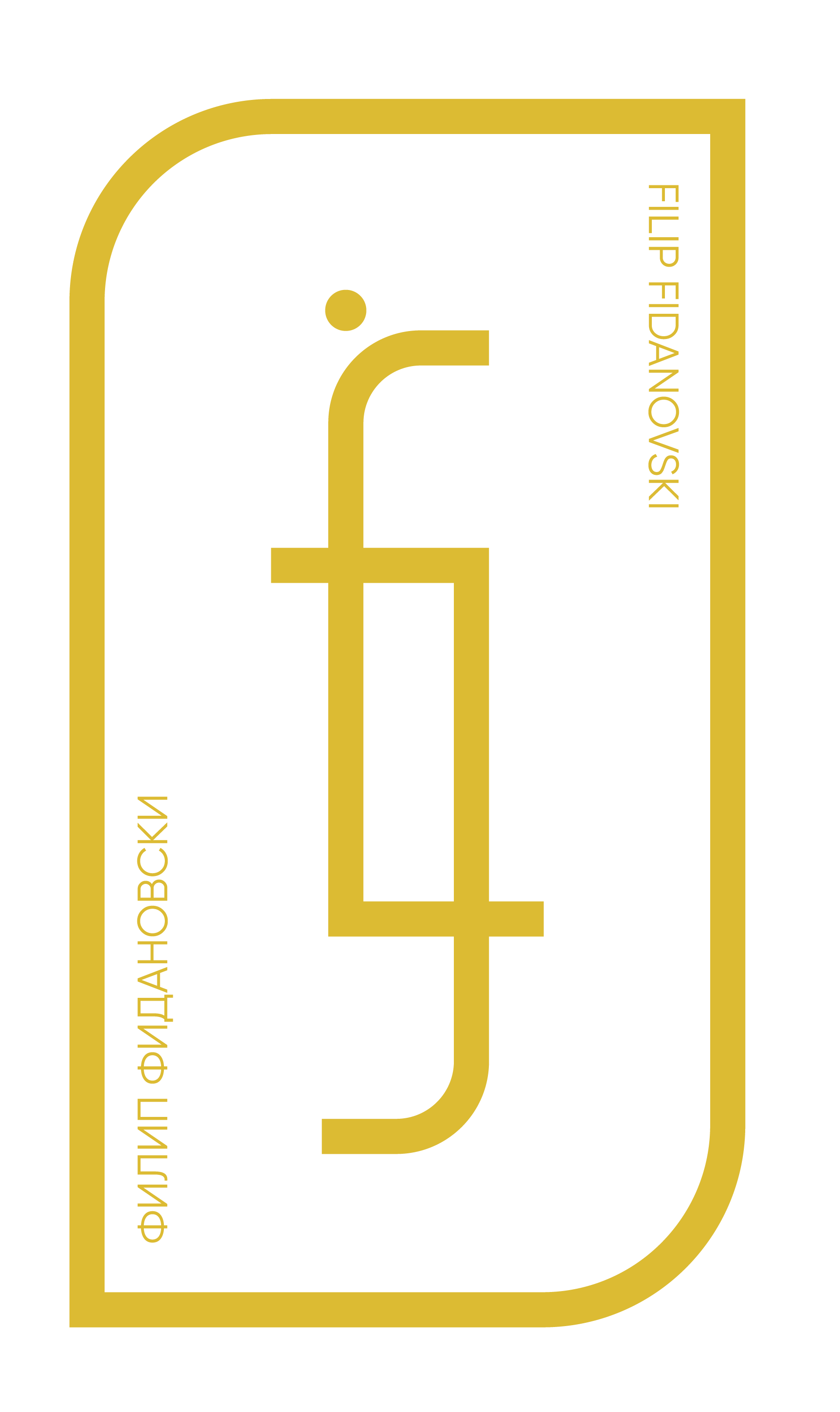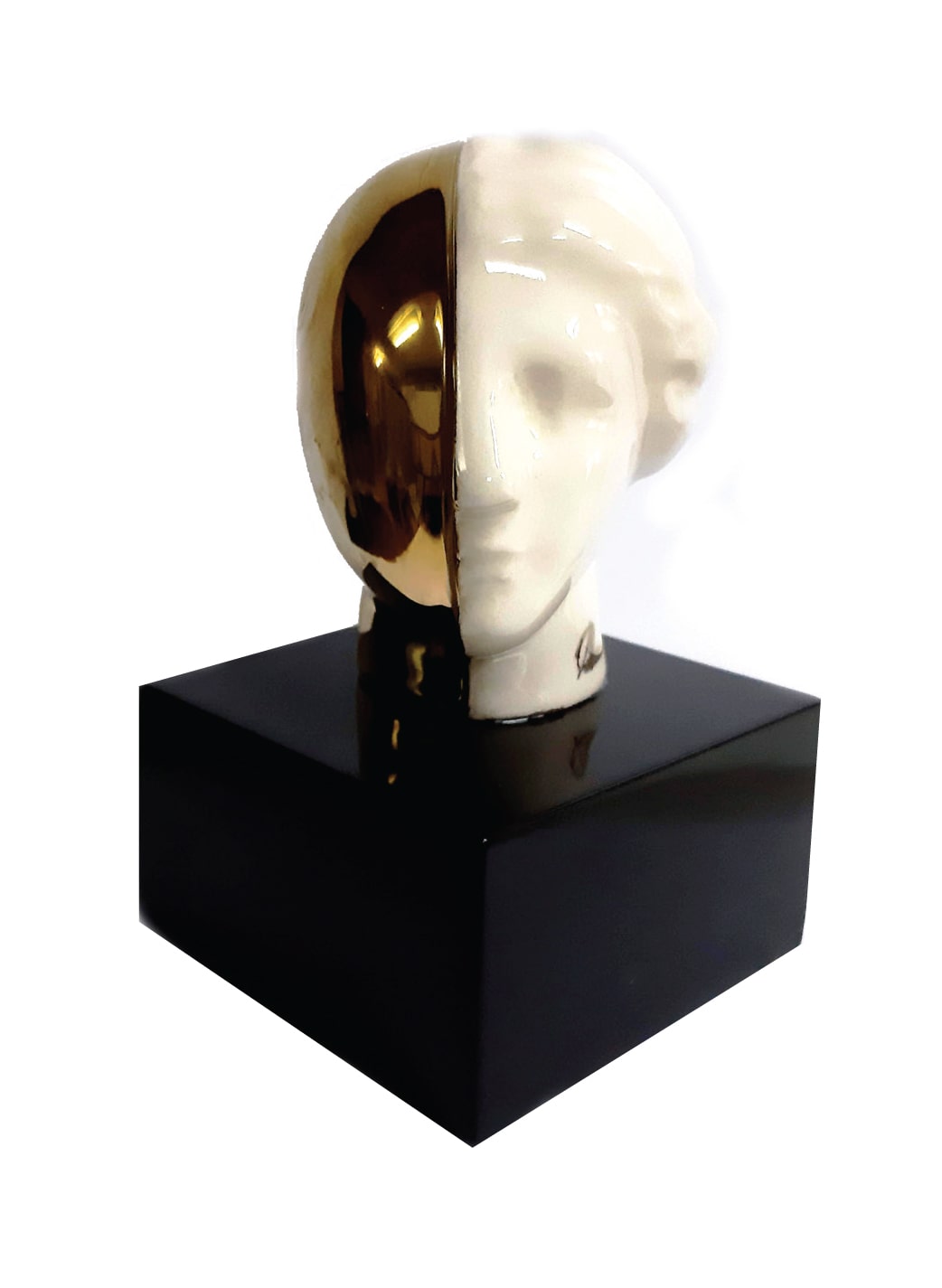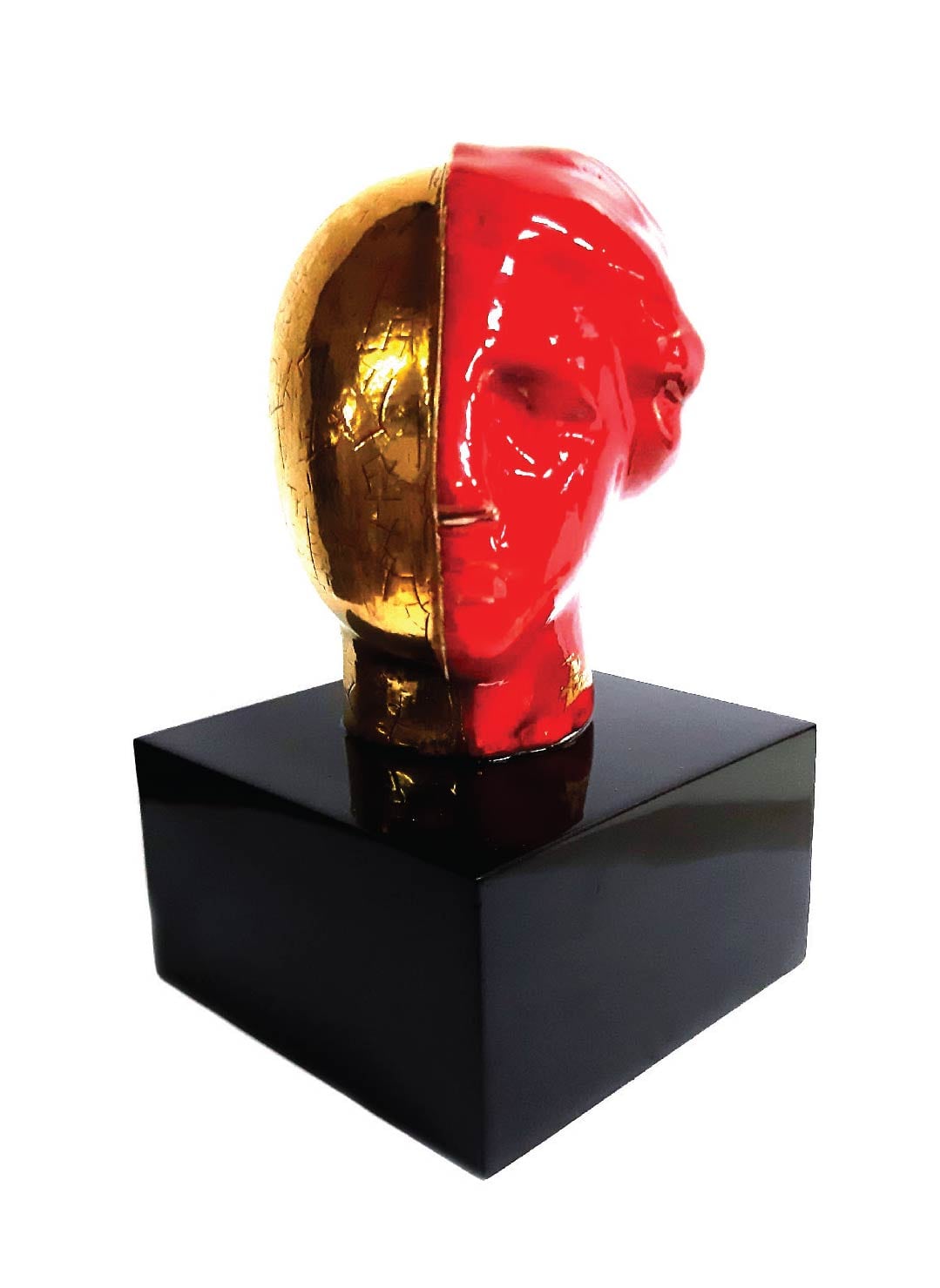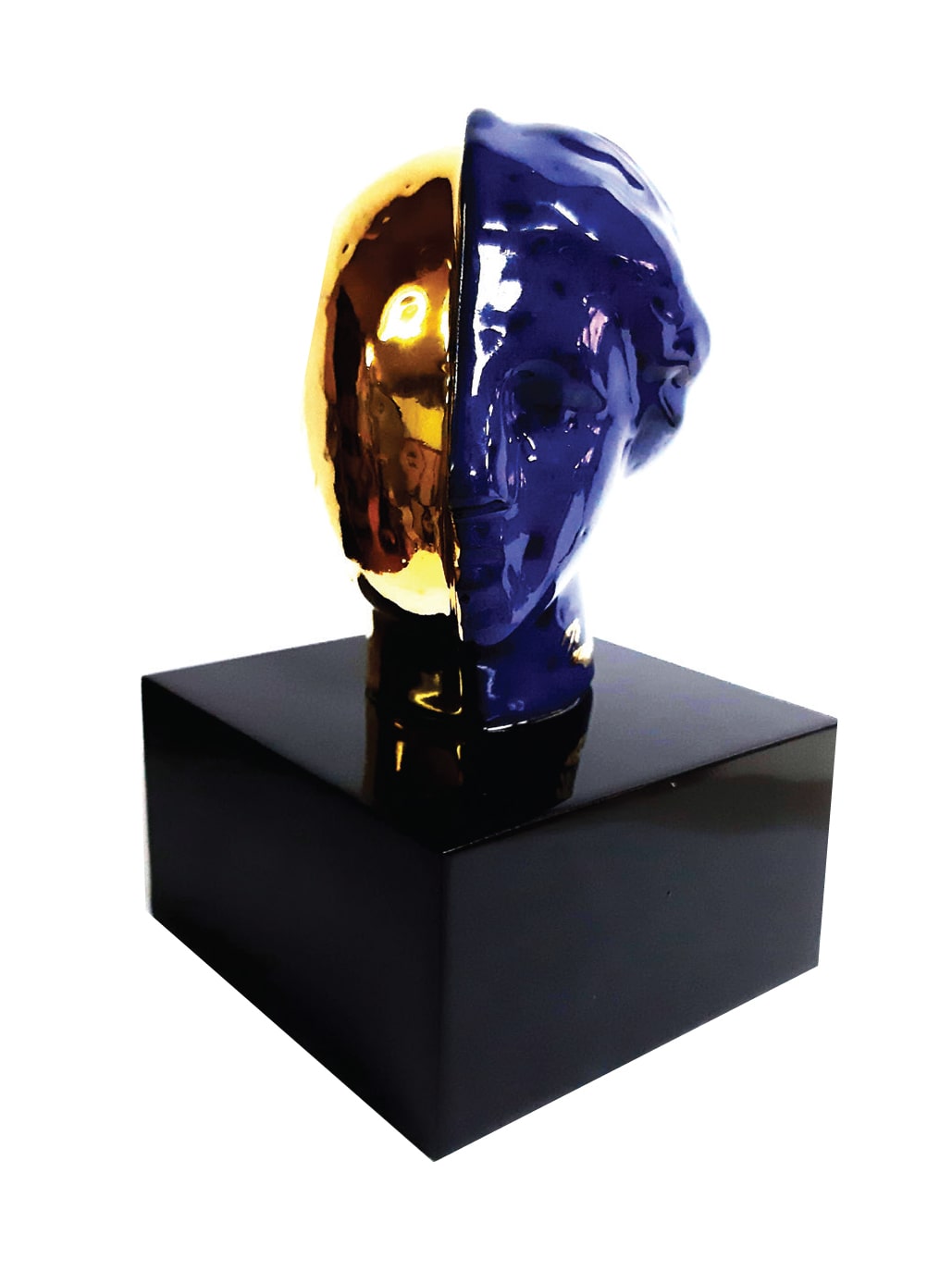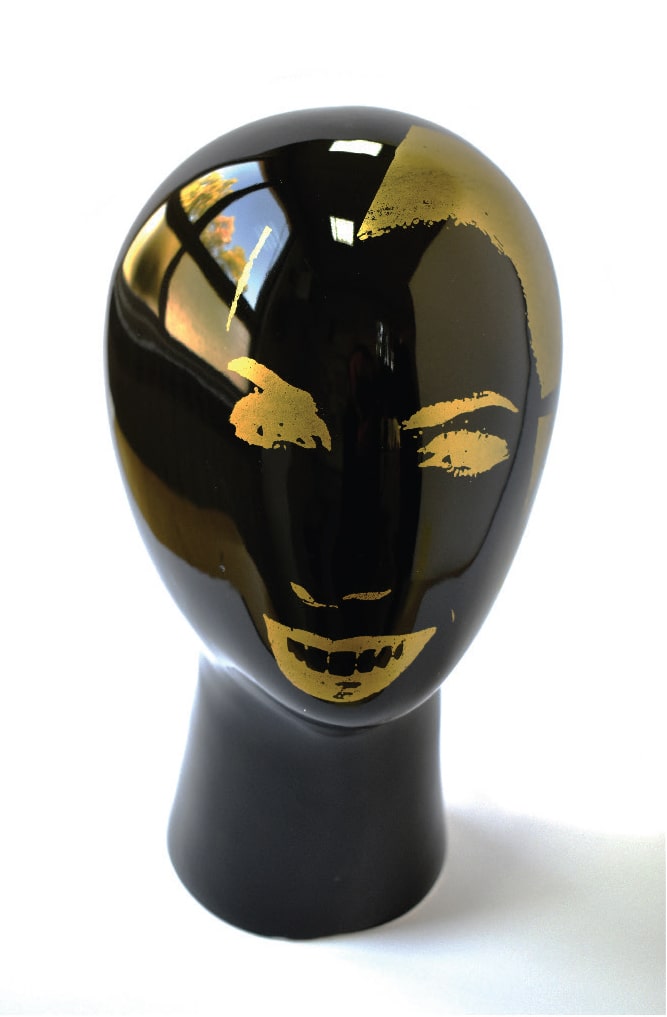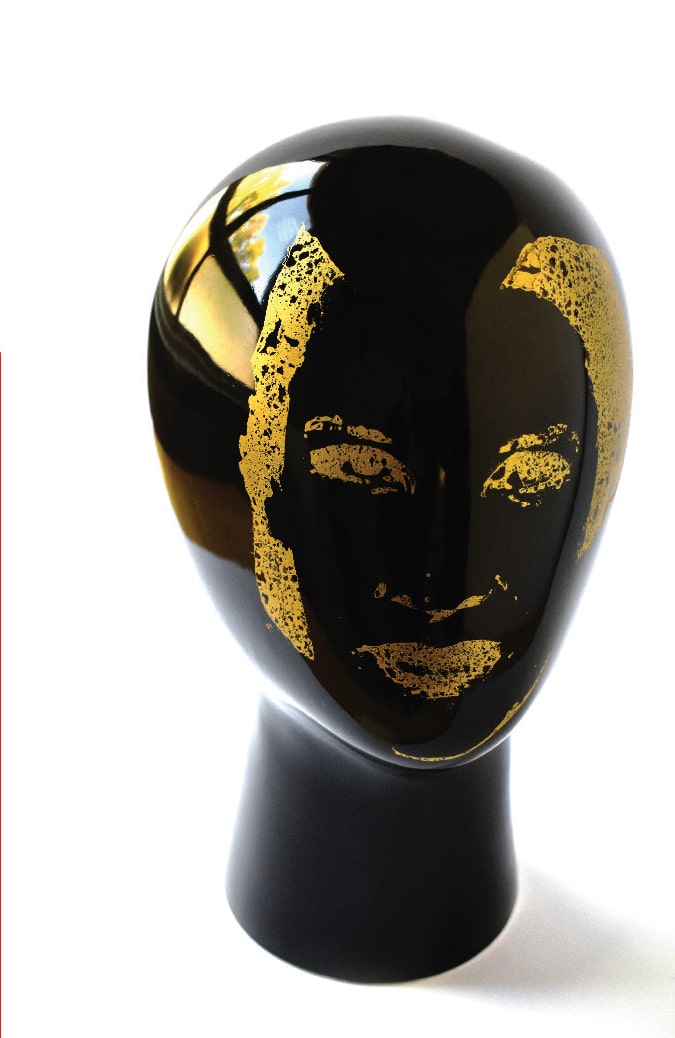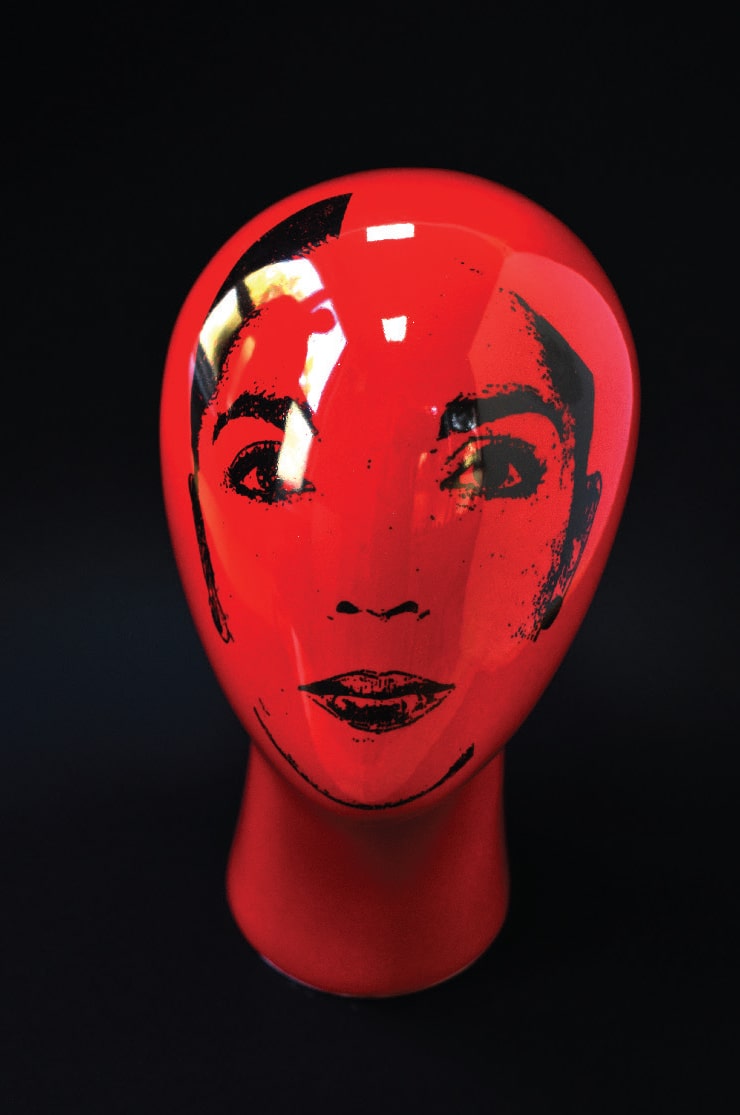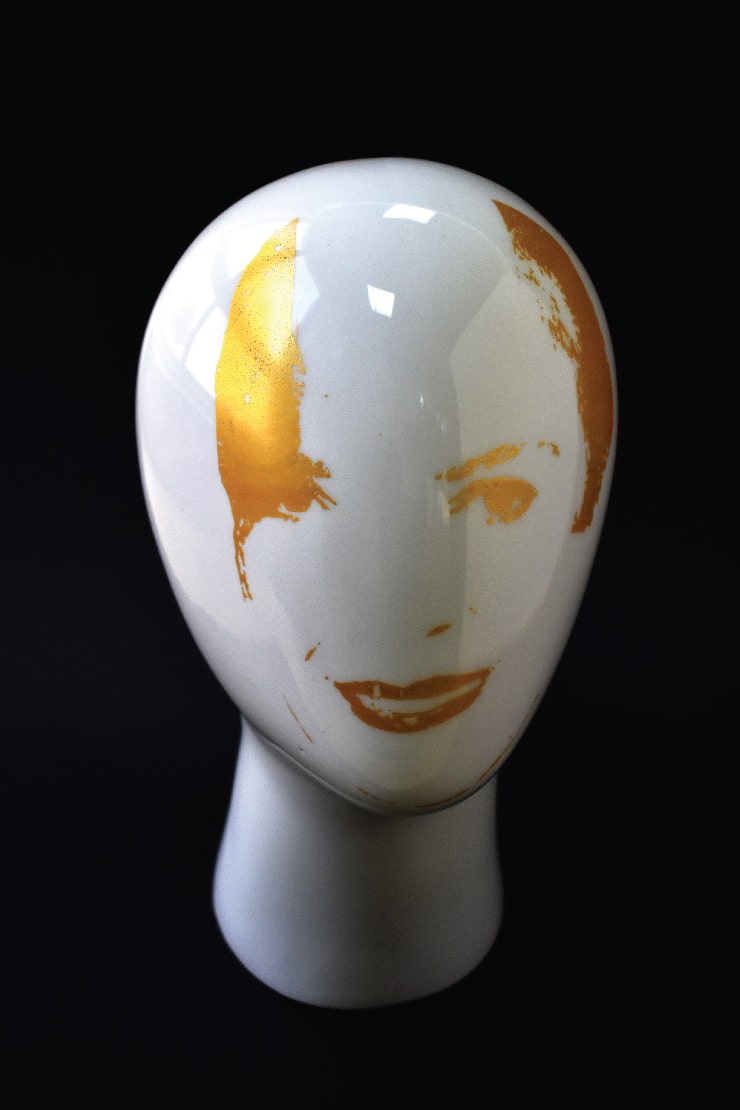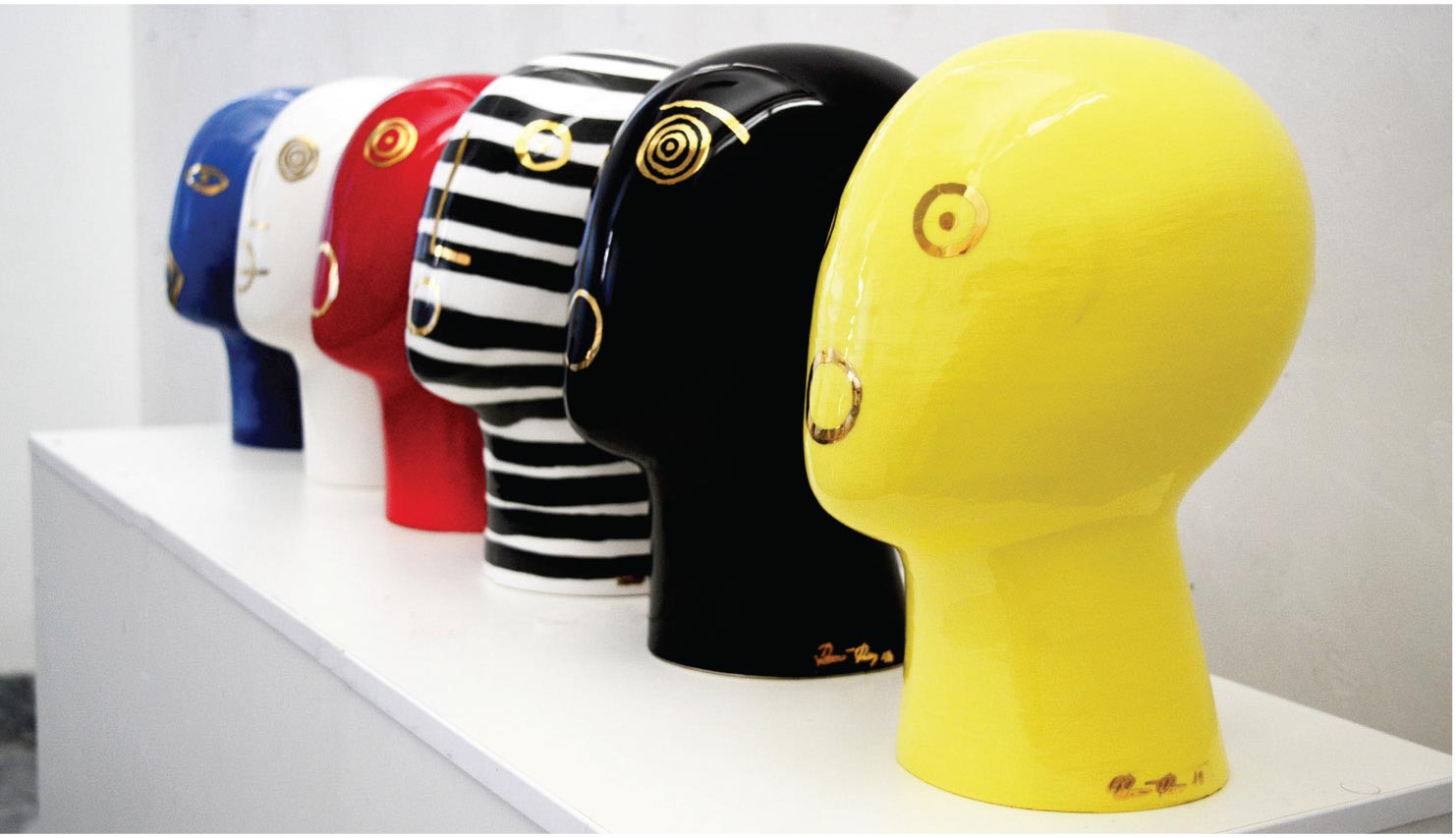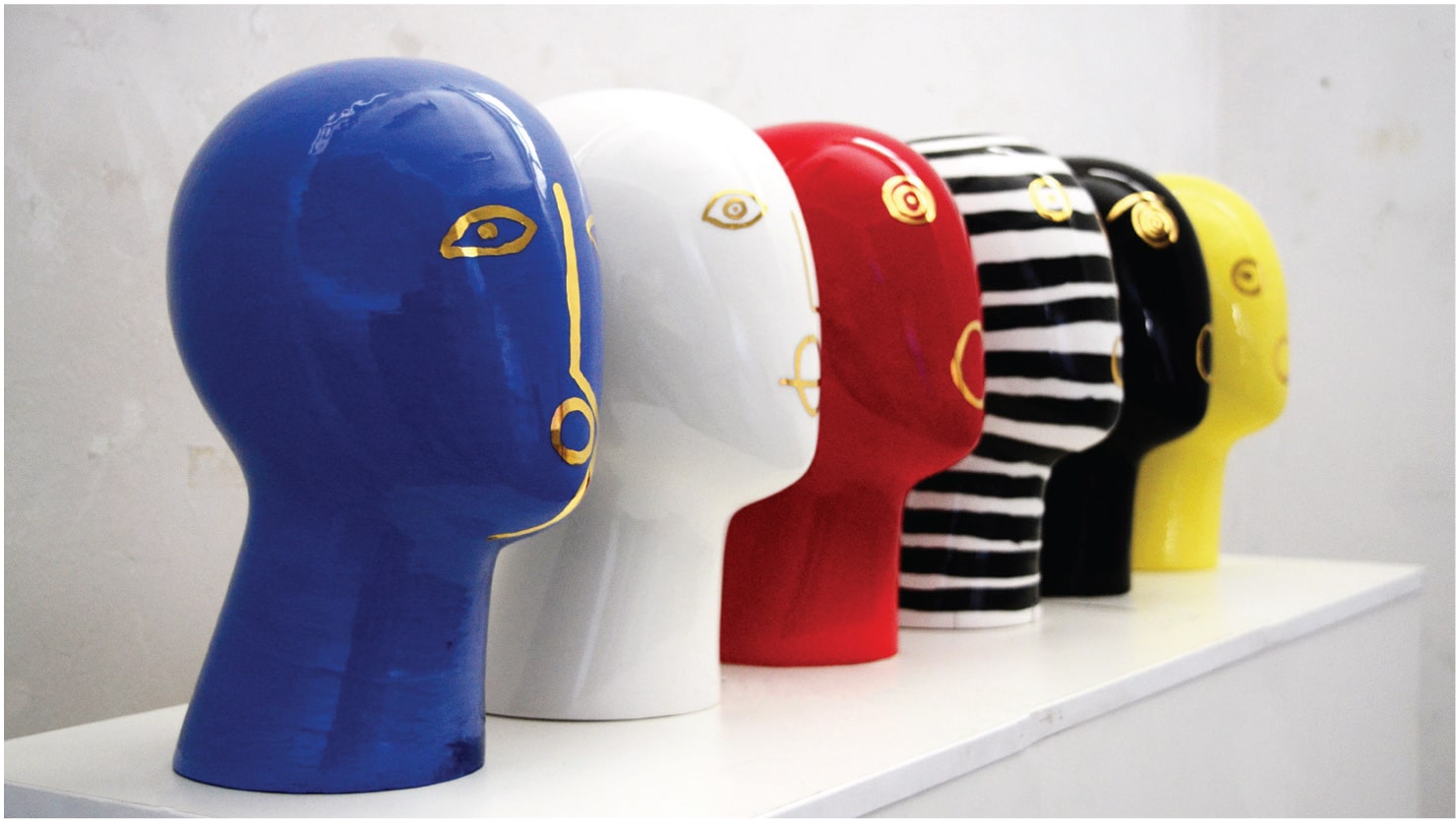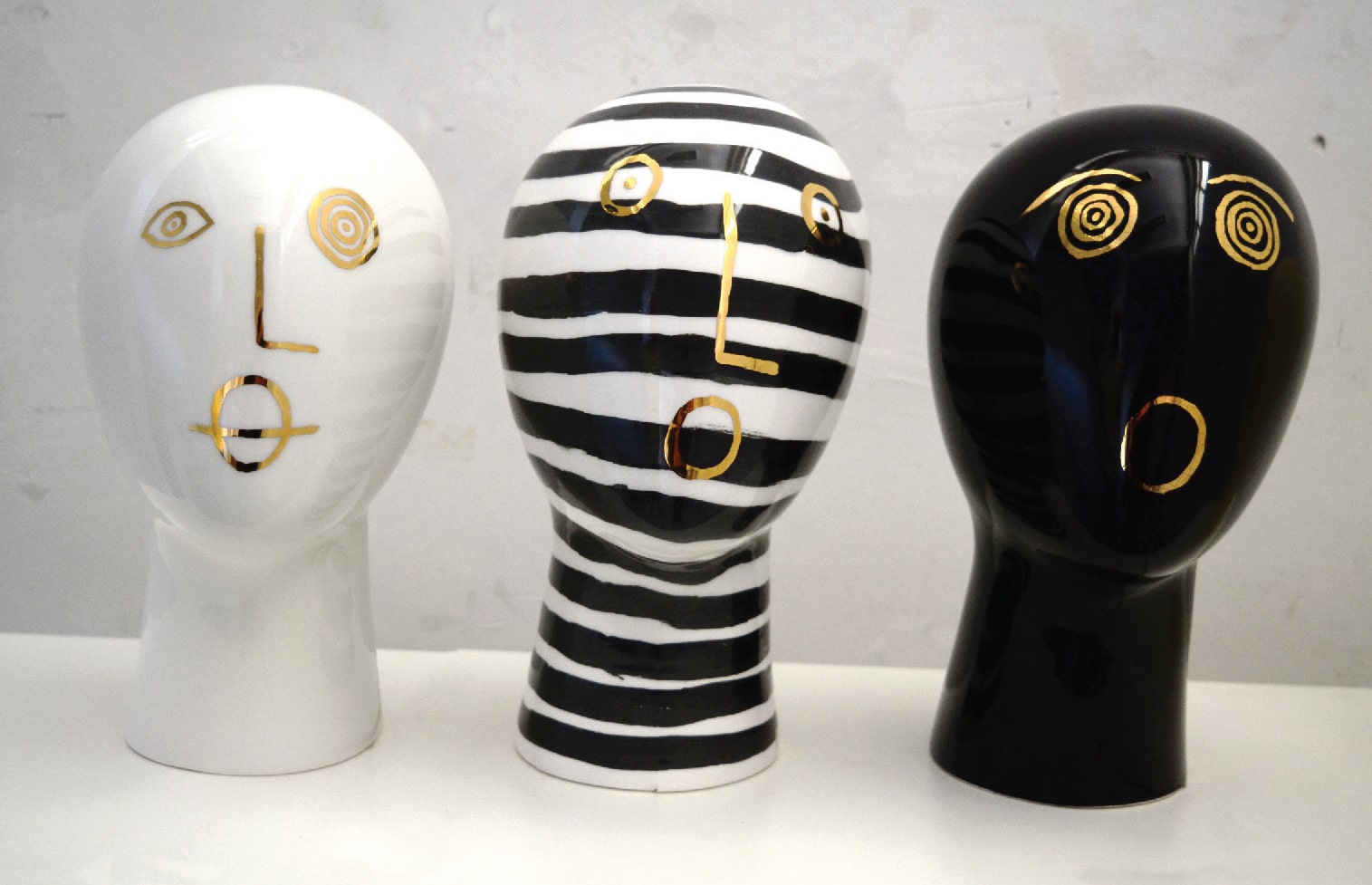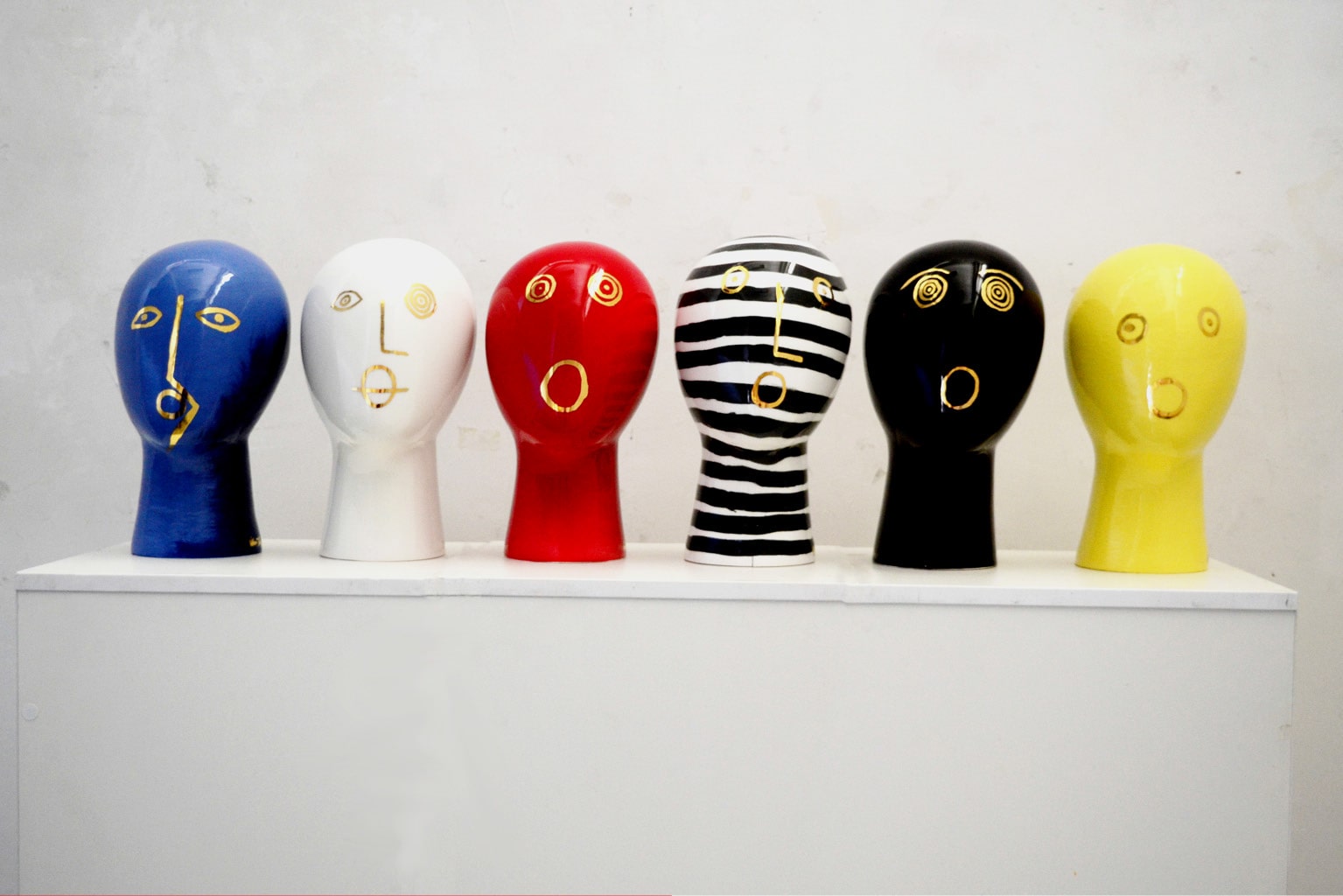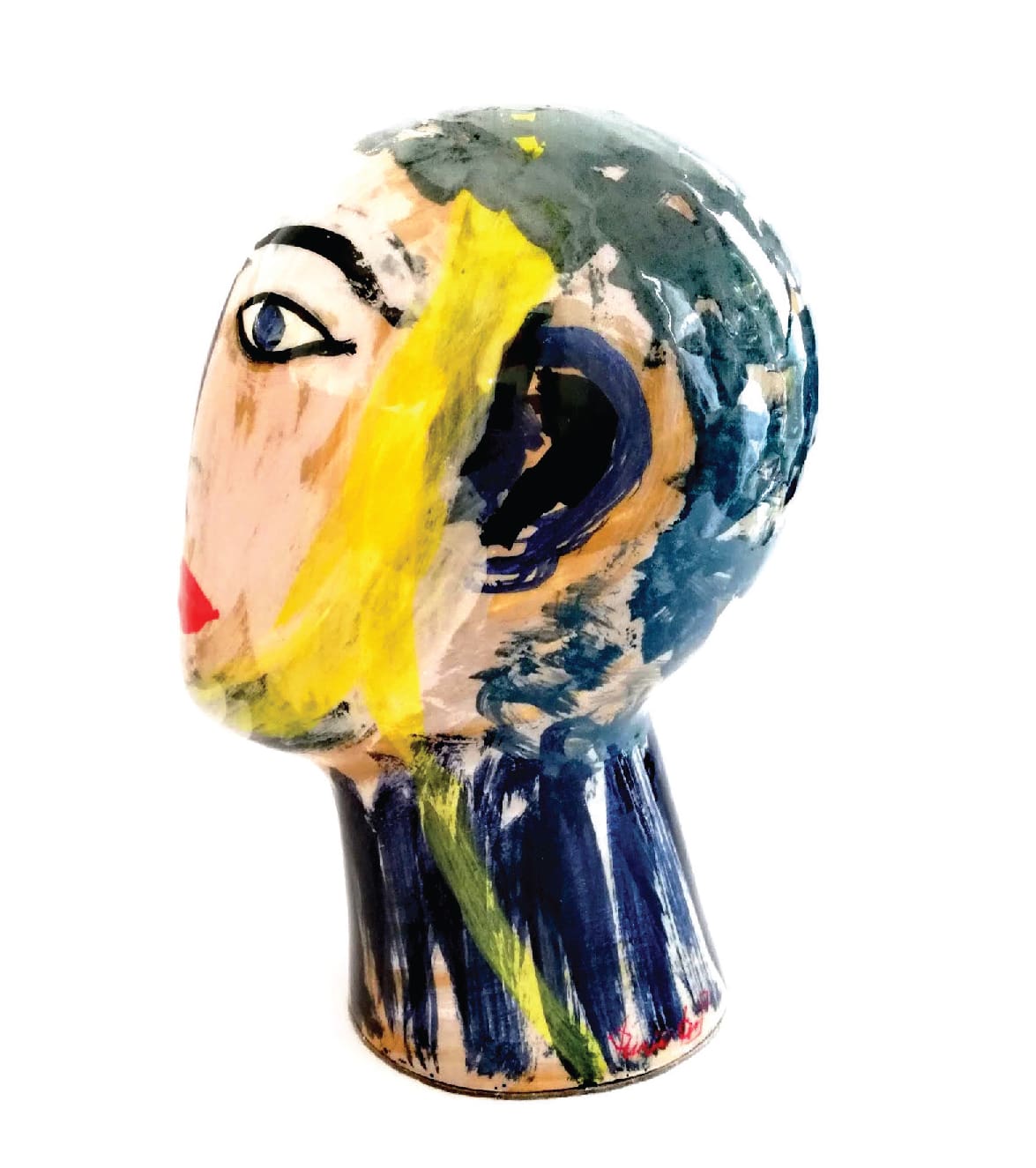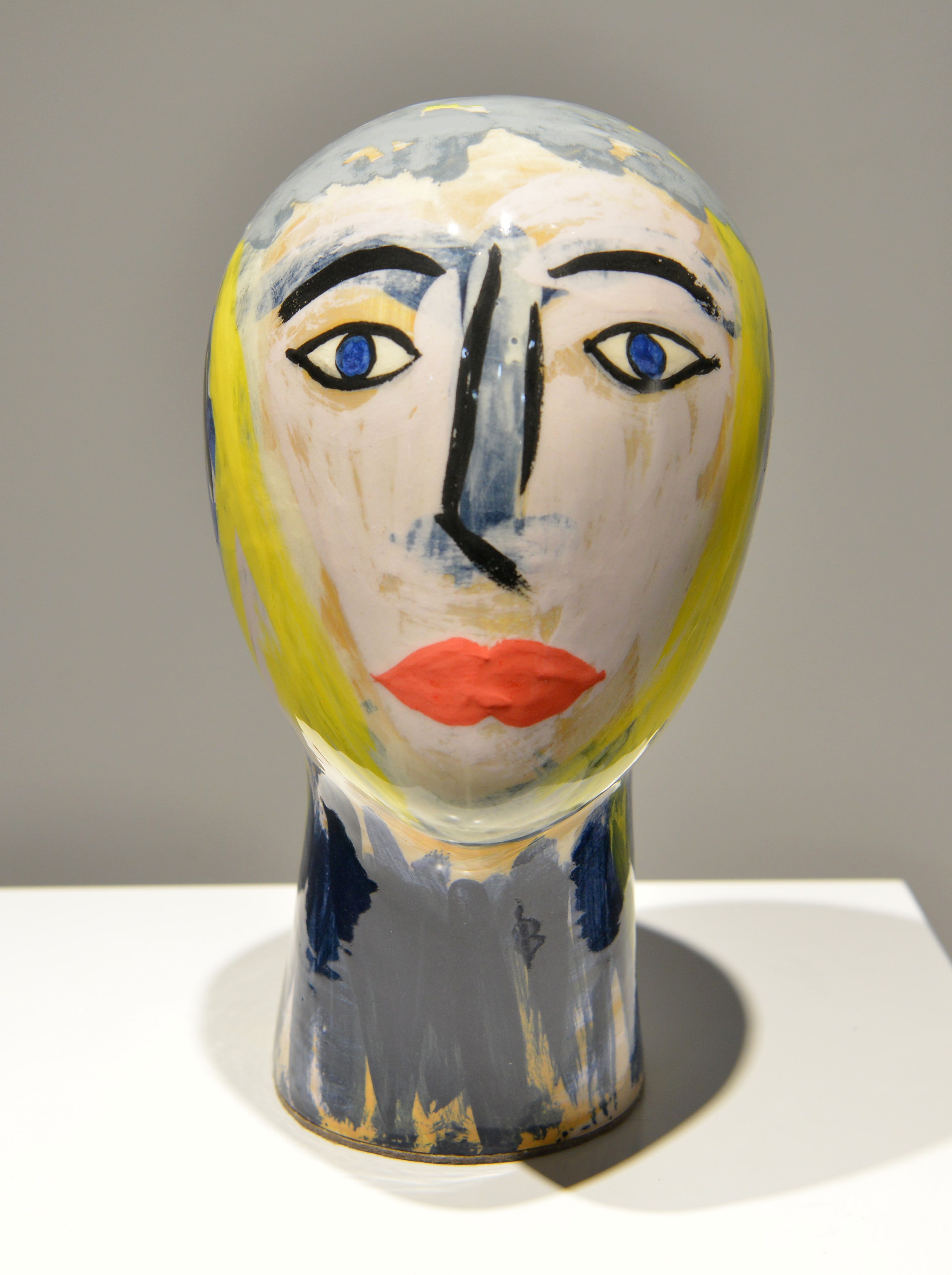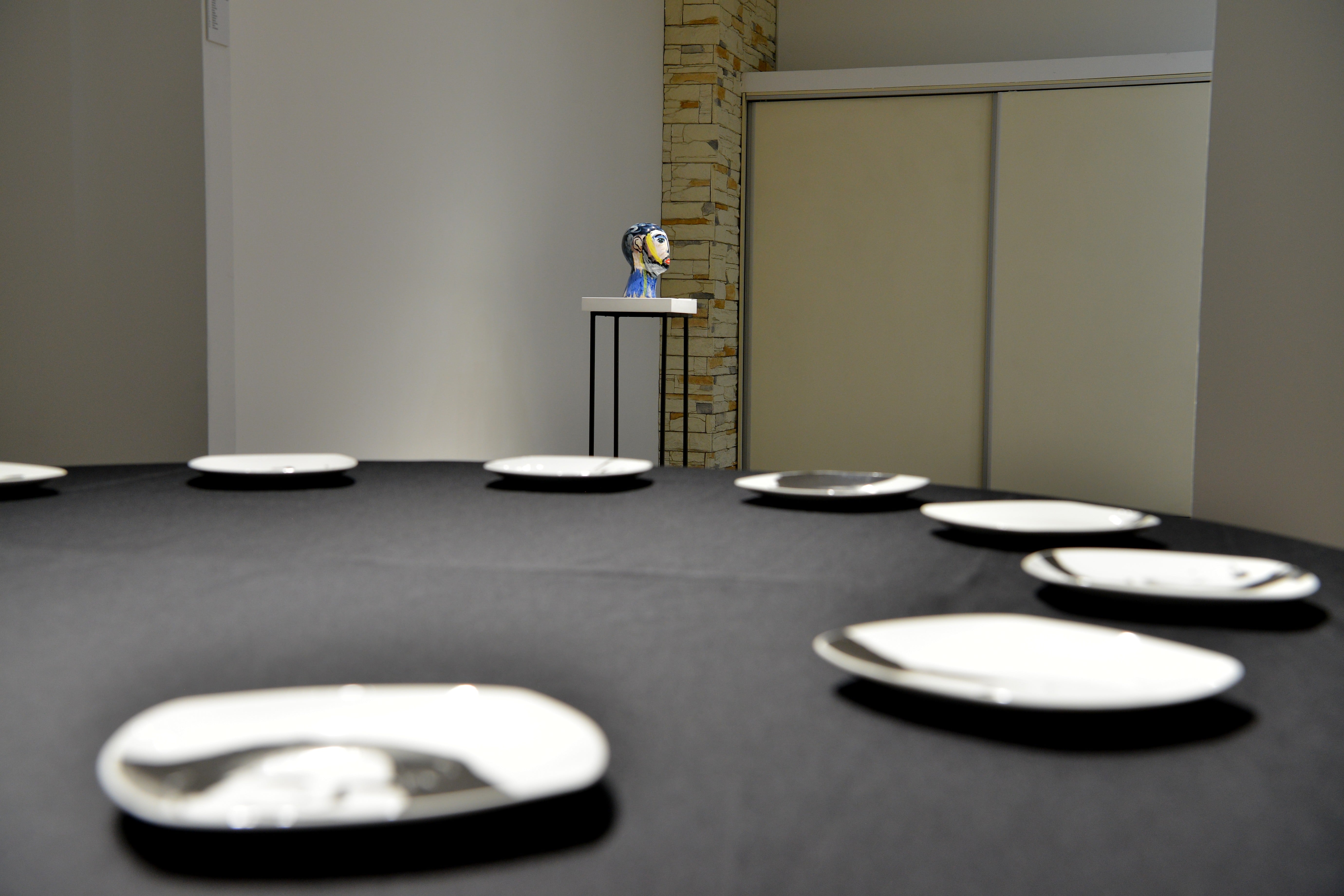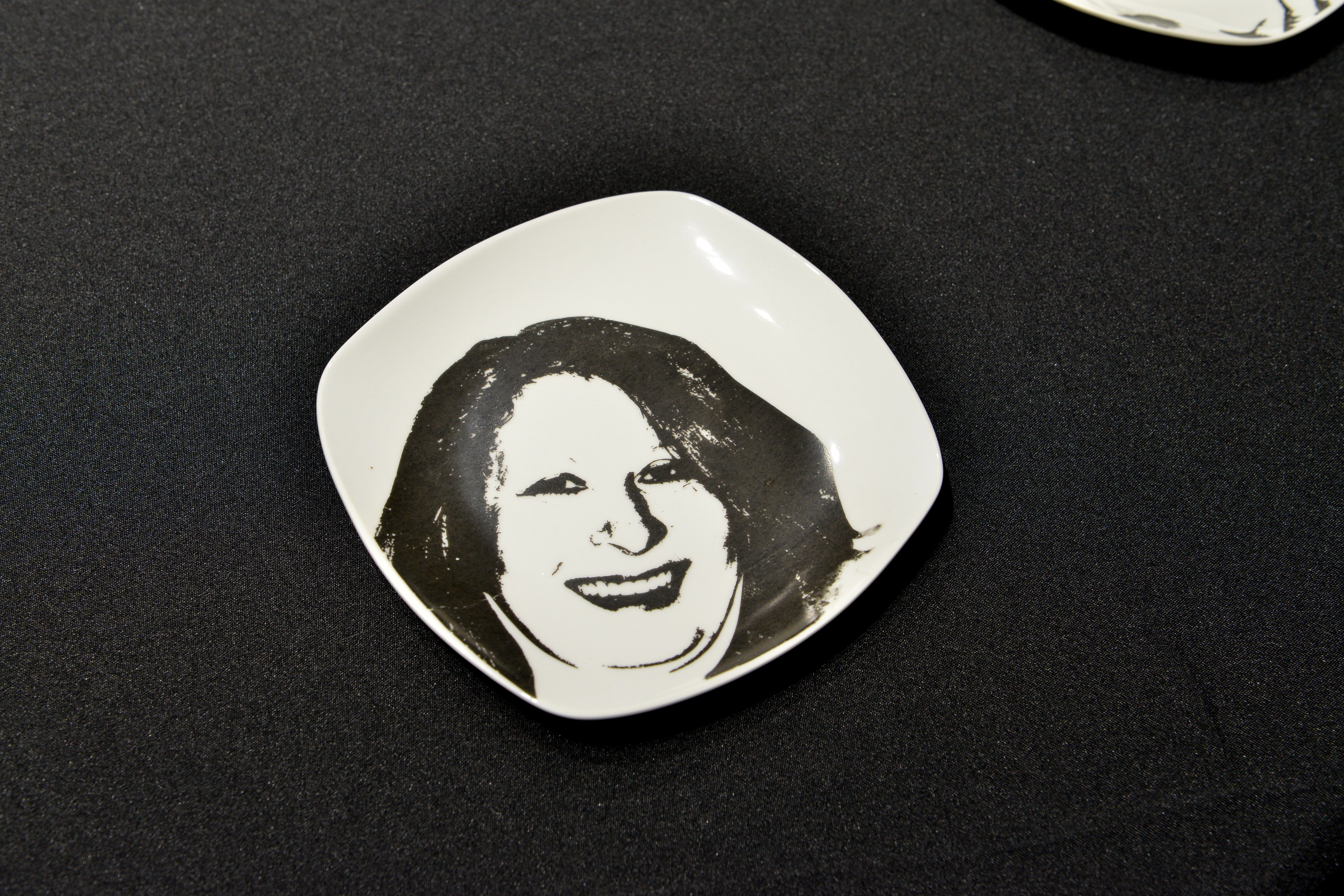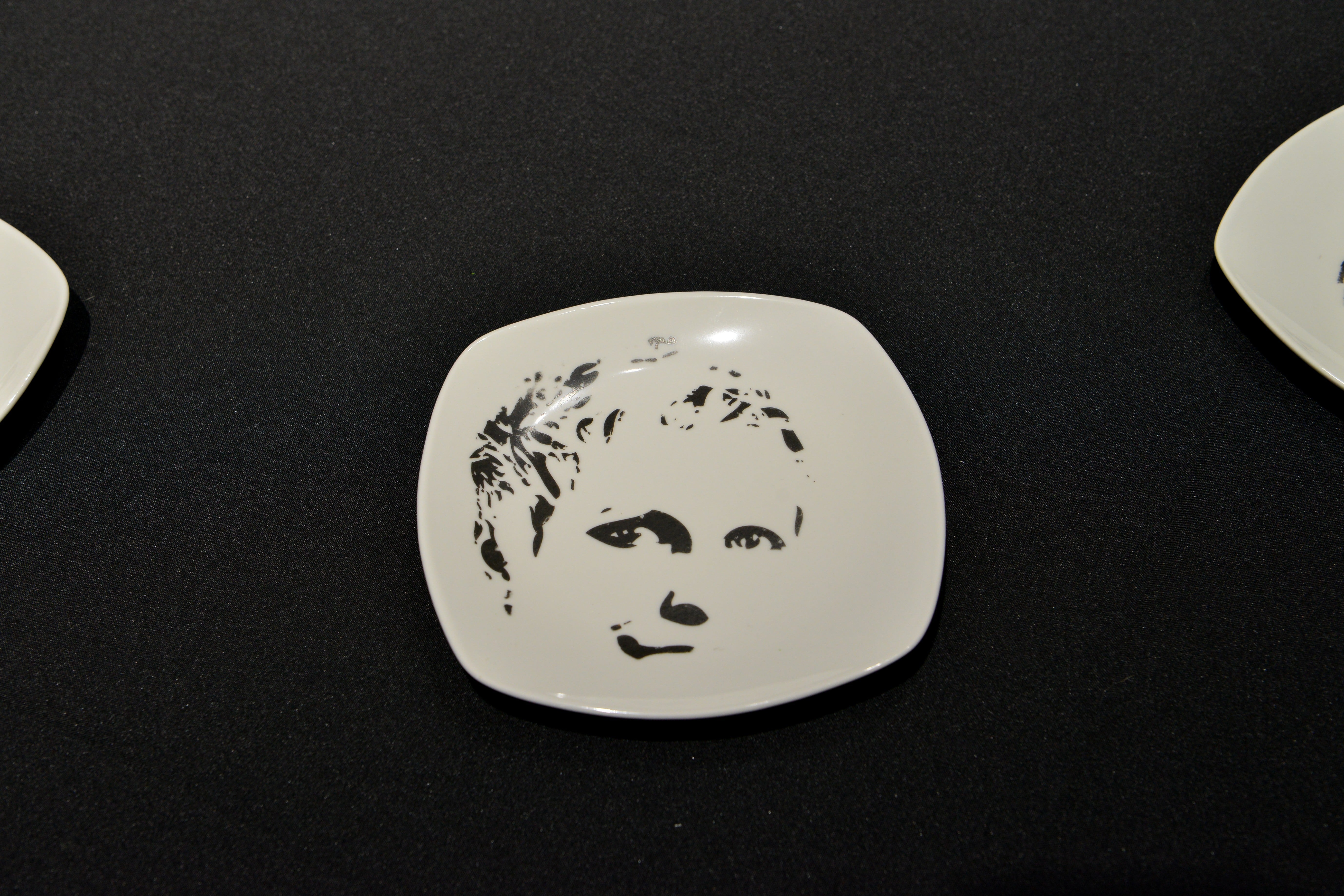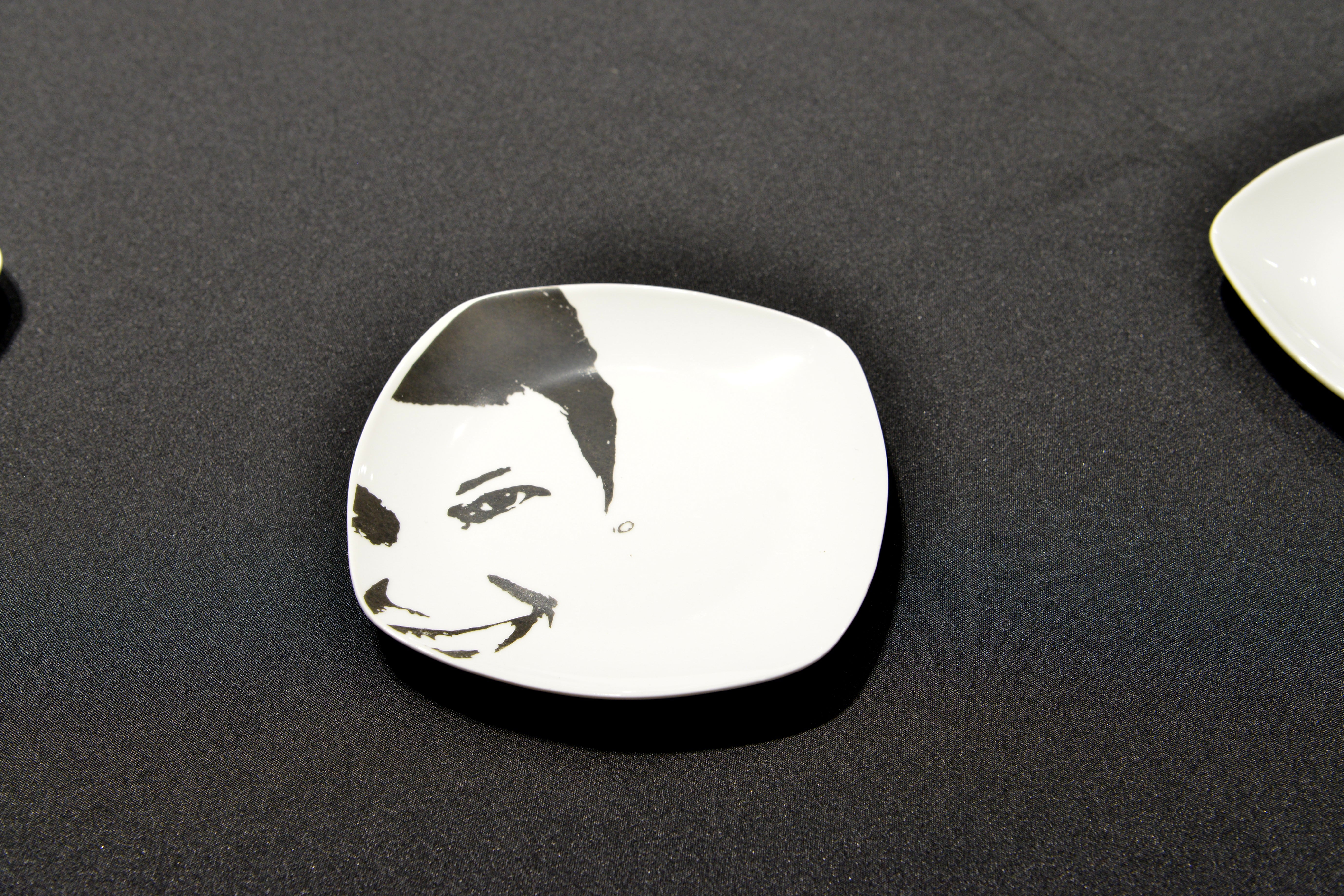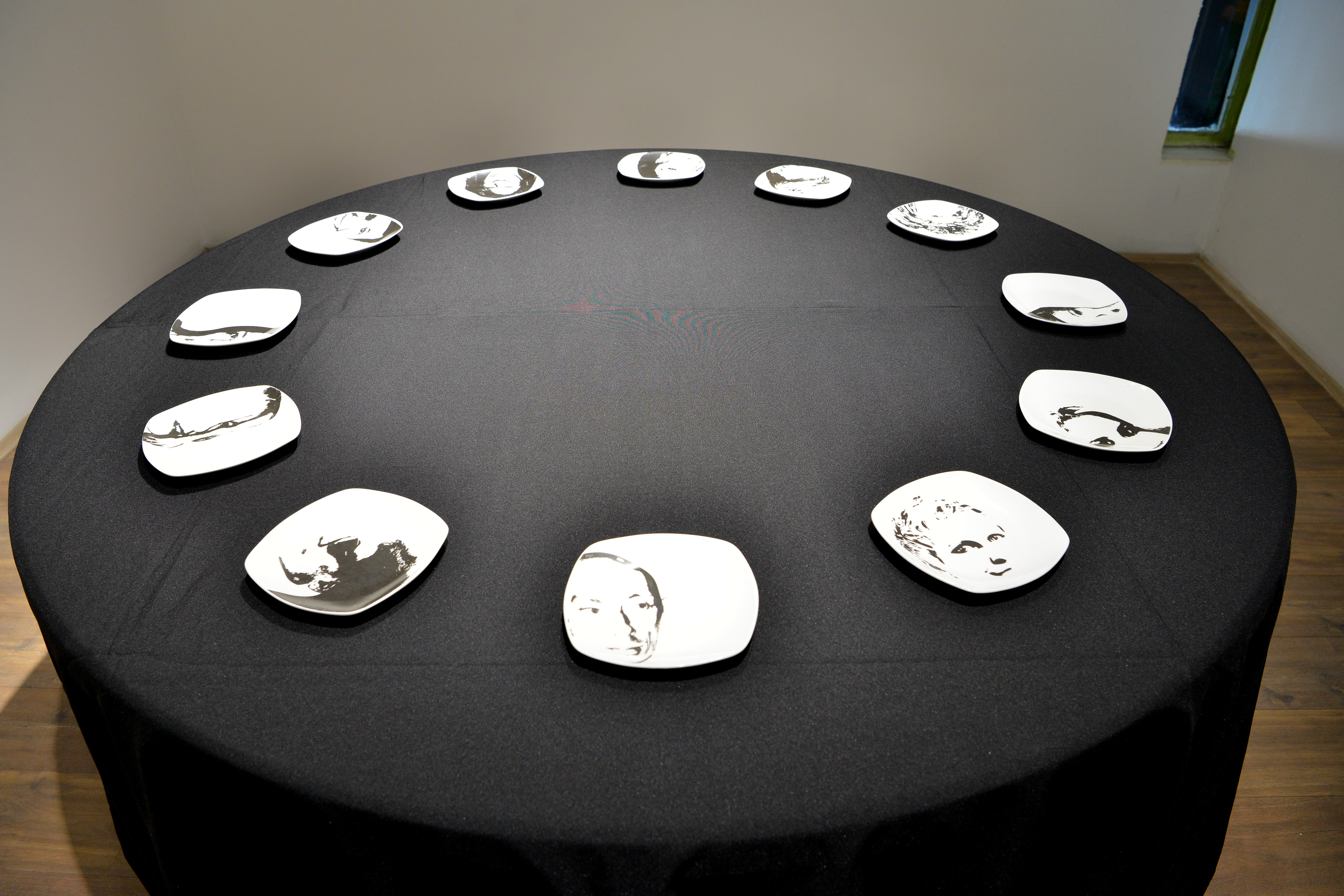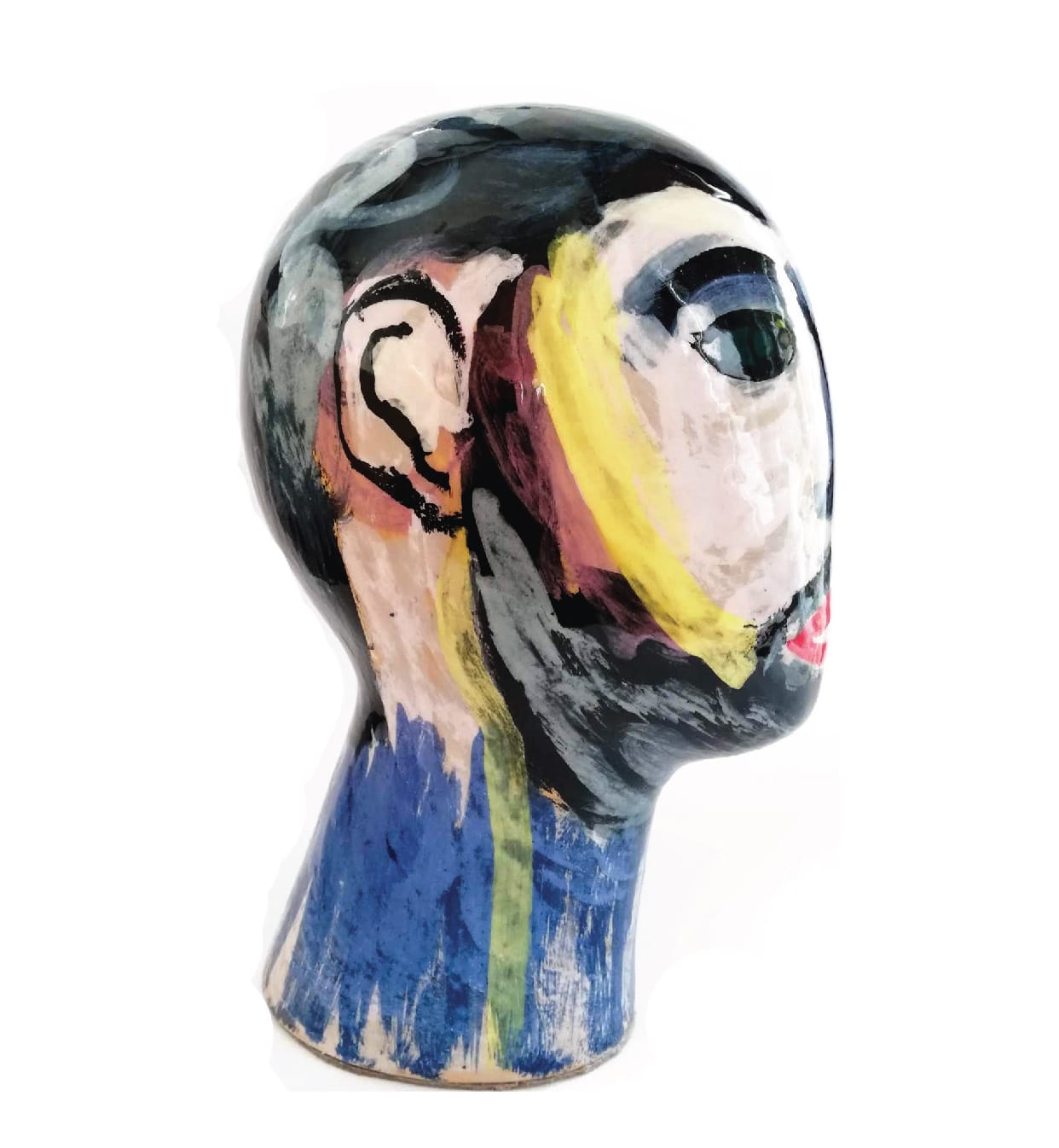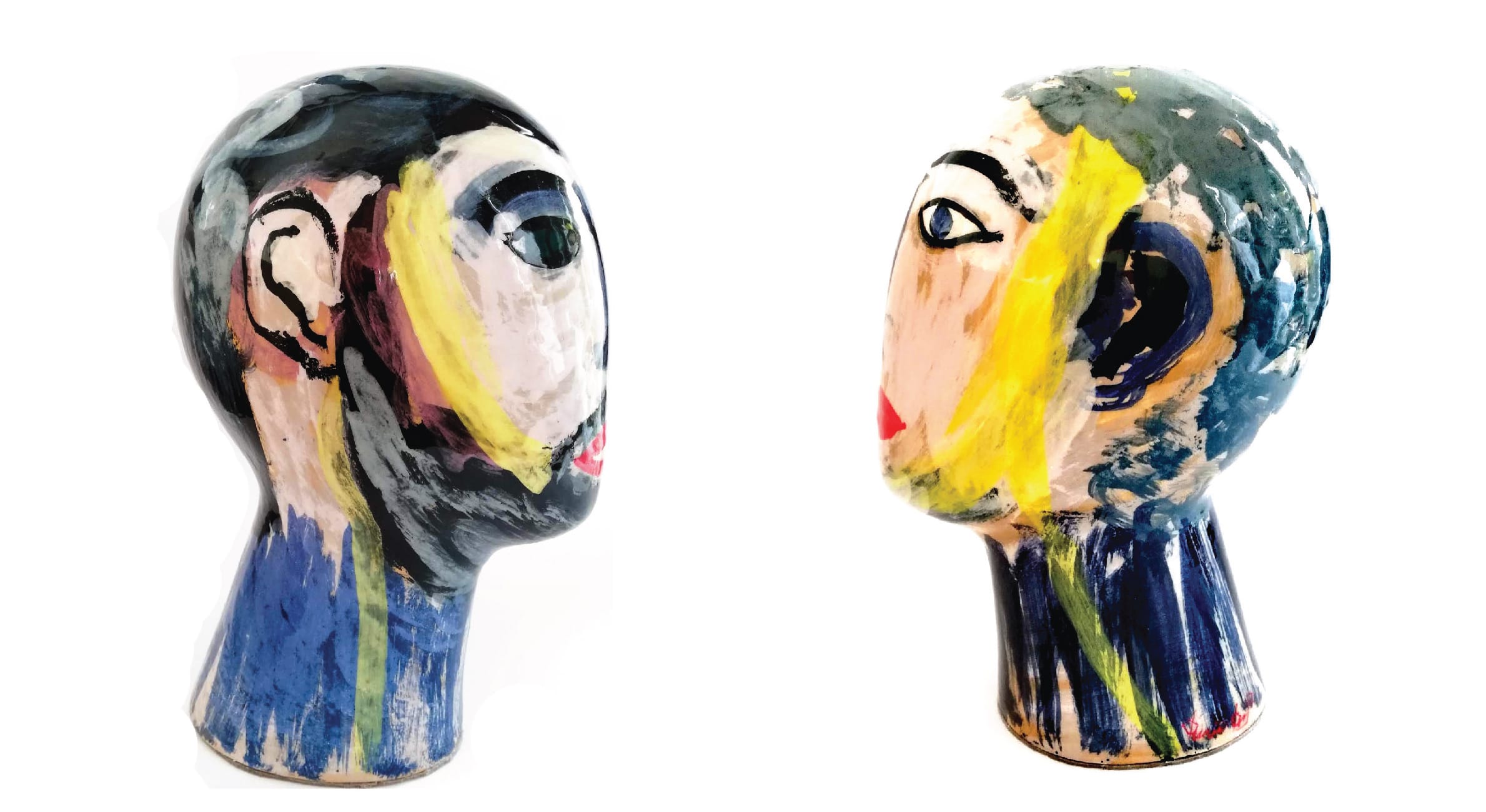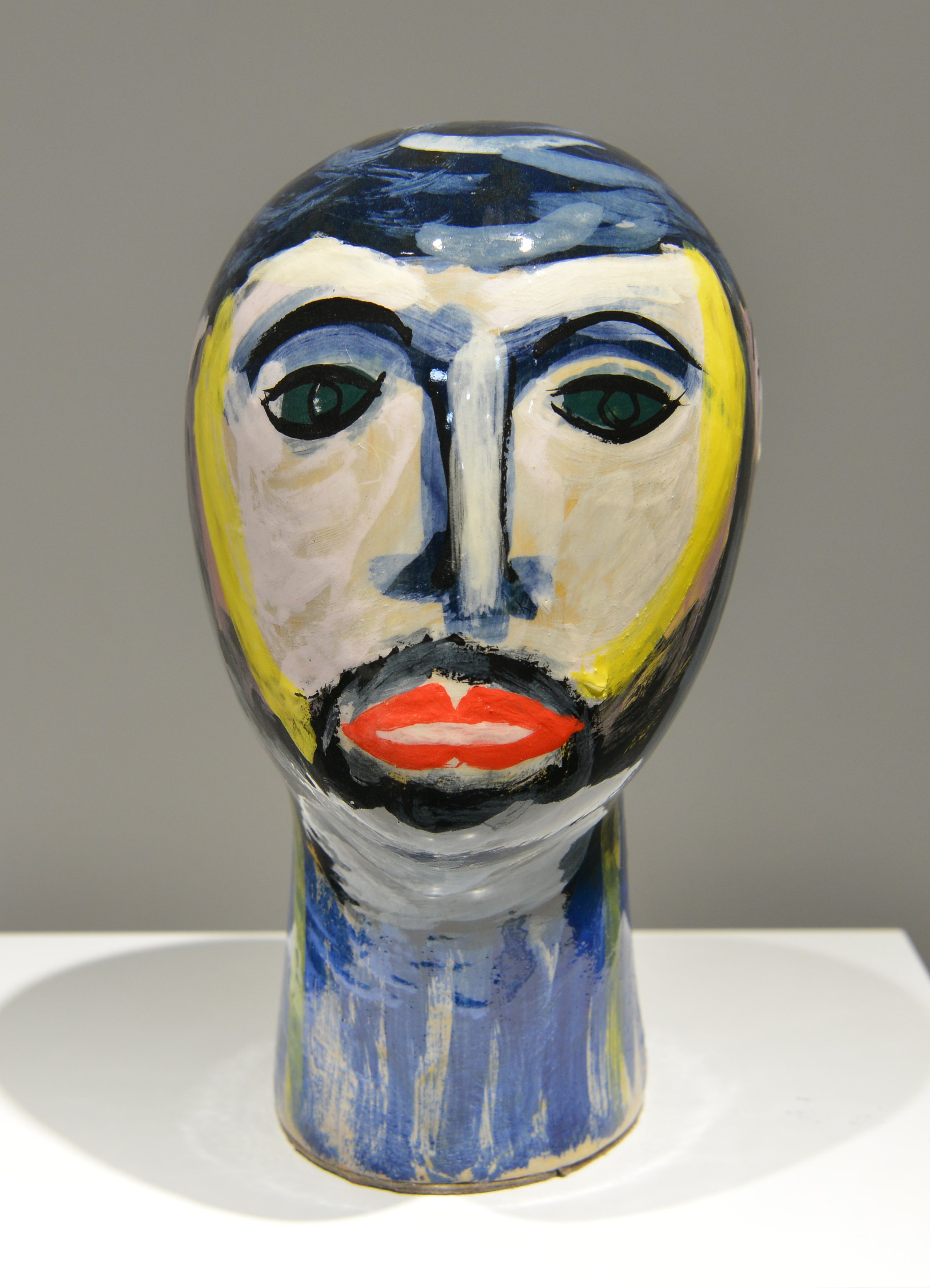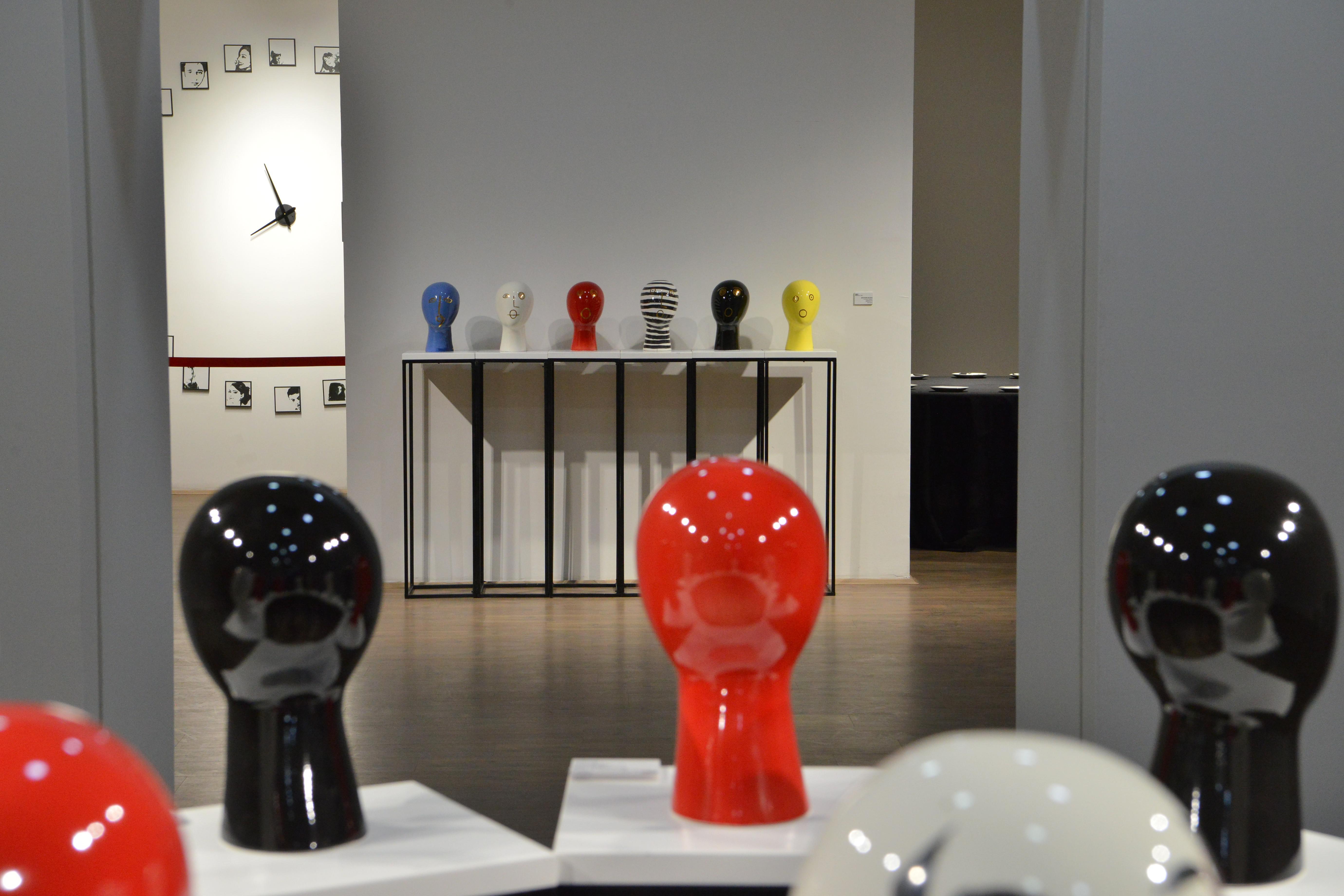
Pauci viri veros amicos habent, et pauci sunt digni. Amicitia vera est praeclara, et omnia preclara sunt rara. Multi viri stulti de pecunia semper cogitant, pauci de amicis; sed errant: possumus valere sine multa pecunia, sed sine amicitia non valemus et vita est nihil. Cicero, Laelius de Amicitia.
‘Few people have true friends, and few are worthy. True friendship is valuable, and all such things are rare. Many stupid people always think about money and little about friends. But they are wrong: We can live with a little money, but without friendship we can't live and the life is worth nothing.’ Cicero, Lily on Friendship
The exhibition Trilogy - Characters/People unites works from the cycles Time for...; The Last Supper and Dialogues in Colour by the Macedonian artist Filip Fidanovski. Time for..., first exhibited at Gallery 8 in 2010, consists of 24 ceramic tiles. The tiles are white and each one has a portrait photo printed in black. They are placed on a vertical surface of a wall in the shape of a circle, in the centre of which the artist has placed the hands of a clock. The twenty-four tiles symbolize the hours of the day. All of the portraits, except for the one at the very top - that of the artist, are portraits of Fidanovski's friends. The exhibition catalogue, without an analytical or an introductory text, but with reproductions of all the exhibited pieces, explains the work and the concept of the artist. The cover page of the catalogue displays the photo of the clock, but there Fidanovski takes over the role of the clock’s hands. His outstretched arms indicate the time of day and connect the portraits of the people.
The catalogue, on its twenty-four pages, reproduces the portraits of the people from the tiles, but these are now presented together with a different portrait (silhouette) of the artist. Twenty-four English words are also paired with the black and white portraits (You; A Book; Constructiveness; Health; Wine; A Design; A Trip; An Idea; Jewellery; Music; Theatres; Movies; A Talk; Coffee; An Occupation; Business; Museums; Exhibitions; Ceramics; Creation; A School; A Sagittarius; Paris and Love). A word on each page, printed in large darker letters, indicates the topic of conversation between the artist and the friend. The Last Supper is a work which Fidanovski presented at the exhibition of the same name in the Gallery of the School of Fine Arts and Design Lazar Ličenoski in 2013. Comparable to Time for..., the artist explores the same theme: a conversation with friends. Twelve plates are placed on a table with a dark tablecloth. Each of the white plates has a printed photograph of one of his friends. One of the plates bears the artist’s image. In the introductory text of the exhibition’s catalogue, Ana Martinoska correctly notes that the number of plates that make up this work can be connected to the number of months in the year as well as to the signs of the zodiac. However, the number twelve, because of the title of the work, should be also be associated with the Christian tradition. The twelve friends at Fidanovski’s Last Supper and the twelve apostles at the Last Supper. Fidanovski's dinner may be a secret or a last dinner, but on his table there is no cutlery, no wine, no feast. The meal is the conversation; the meal is the dialogue that will take place (?) or has taken place (?). On that table, the plates with the faces of his friends are a substitute for the name placards on the big conference tables where the fate of the world is decided. But among the twenty-four English words printed in the catalogue, the word Politics is not present. The dinner that Fidanovski shows us, belongs to an intimate world which has no place for ugly or evil things.
Dialogues in Colour is a series of artworks, on which Fidanovski has been working on for the past few years, and this is the first showing of all its pieces. Unlike the previous examples, the pieces from Time for… and The Last Supper are all monochromatic - black print on white ceramic, here Fidanovski works with noble colours and gold. Dialogues in Colour consists of nineteen heads, human busts. Although the basic shape of the busts is the same, Fidanovski has used his own head as the model, all of the busts in the series are different. Some are glazed white, some are red, while others are black. Some have full facial features printed on them, while on others, only the eyes, nose or the mouth is indicated. Two of the busts stand out. In those two pieces, the artist gives personal, identifying facial features with the help of drawing and paint. By putting someone else's face on his own form, Fidanovski plays with the definition of the term: Identity. Not only does he recognize the fact that personal identity is a complex subject composed of many parts, including the interaction one has with different people, but in these particular pieces he emphasizes that point.
The works that Fidanovski presents to us at this exhibition, especially the busts from the third cycle - Dialogues in colour, are in a way autobiographical. Autobiography has a privileged status in the hierarchy of discourses originating in the Western European world, and the concept that a work of art is a way to confess personal ‘truths’ occupies the central position in modern art theory. There, the basic relationship between the artist and the work, born in the artist in a mysterious and secret way (in this case, also in Filip's kilns that develop galactic temperatures), can always be expressed in some mathematical, tangible form. But the mastery of the form is not Fidanovski's main goal. On the contrary, adapting it to express its inner meaning is his guiding idea. Hence, the basic qualities of photography as an absolute indicator of reality with all its power of faithful reproduction, especially when it comes to the portrait, lose their primacy here. The application of someone else's face on one's own bust has a confessional modality in which the artist gives the work an autobiographical dimension, but one which the viewer must interpret for himself. Dialogue is the basis of all human culture. Conversations, more than any other trait, define and express our humanity. However, in the whirlwind of hyper-sociality, dialogue in the modern society takes on a familiar, but indeterminate, bland flavour. Today people talk as if they are part of televised panel discussions, launching their opinions (taken from the ubiquitous phones that are always right; ‘If it's not on Google - it's not true! If it's not on Facebook - it didn't happen!’) as bullet points of a presentation, speaking in a loud, vicarious tones.
It is clear that these (negative) changes in the daily interaction between people are the result of modern times and the pace of everyday life. That pace not only drags us away from the shore but also prevents us from making deep, emotional, human connections. Today we live in a new, fast world, where time is the most valuable item. But for Fidanovski, communication and interactions with other people, especially the interactions and the time spent with friends, is the starting point from which he creates his artworks and also establishes the identity of his own sculptures.
If Foucault is right and art is meta-epistemic, it is an allegory of deep structures that make knowledge possible. In that case, it must be emphasized that Fidanovski's works are optimistic. Reality (photographic portraits of friends) may lose its primacy and meaning, but in his works he shows us his thoughts, feelings, ideas and relationships with the people close to him and, following Kandinsky, he puts the intangible, the spiritual in the centre of his own personal universe.
‘To summarize, through [his art] Filip Fidanovski advocates for a world in which ... there is no place for (un)friends-traitors ... a world in which meetings with loved ones are ceremonial events of the first order, a world in which creativity brazenly penetrates into every pore of the art of living, a world in which industry is also invited to dinner with art’.
Prof. Dr. Kiril Penushliski
